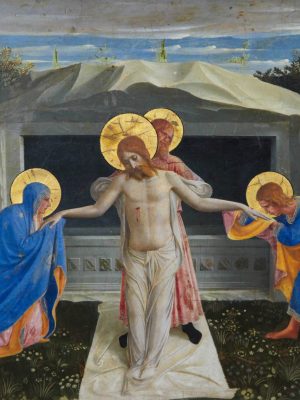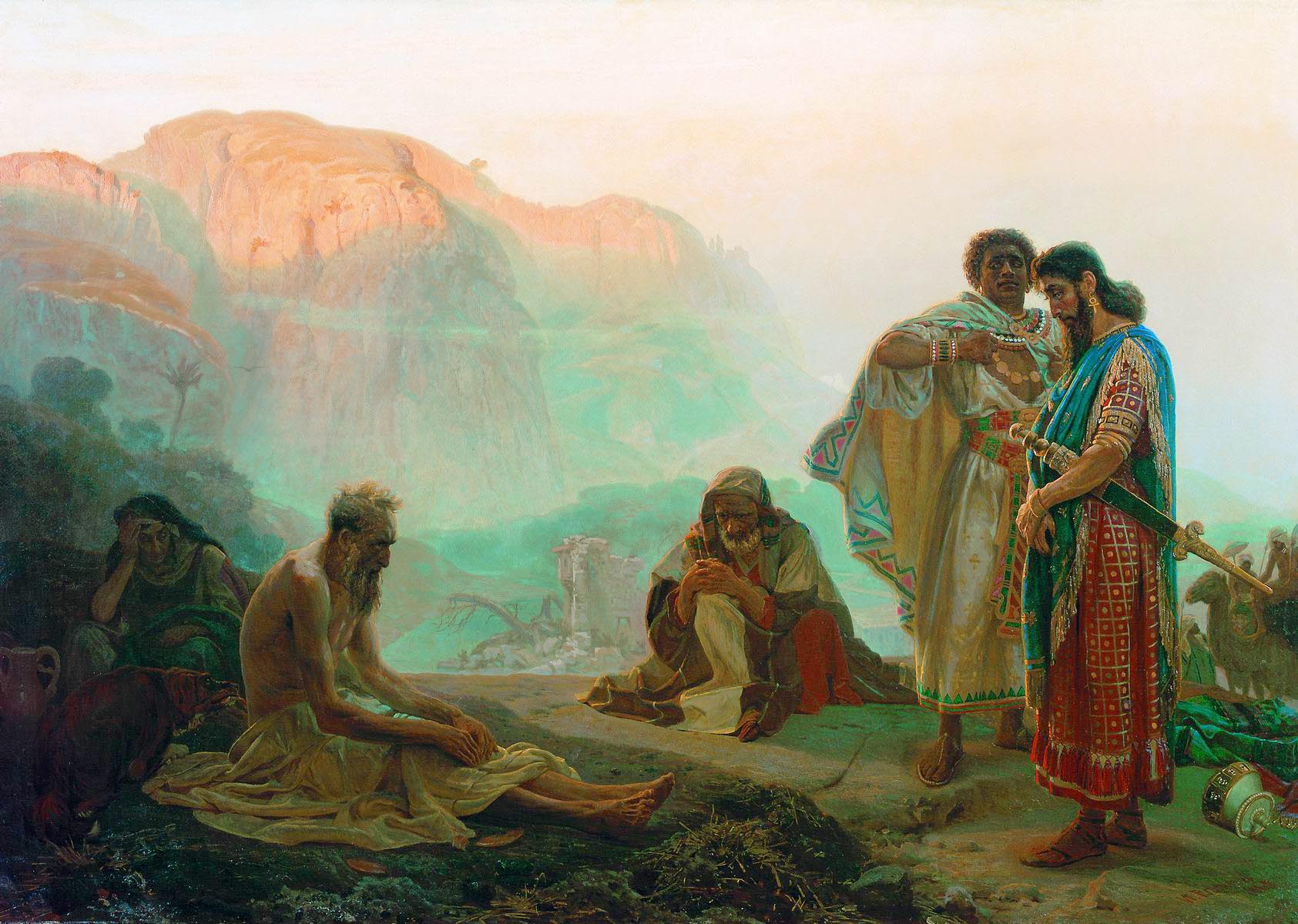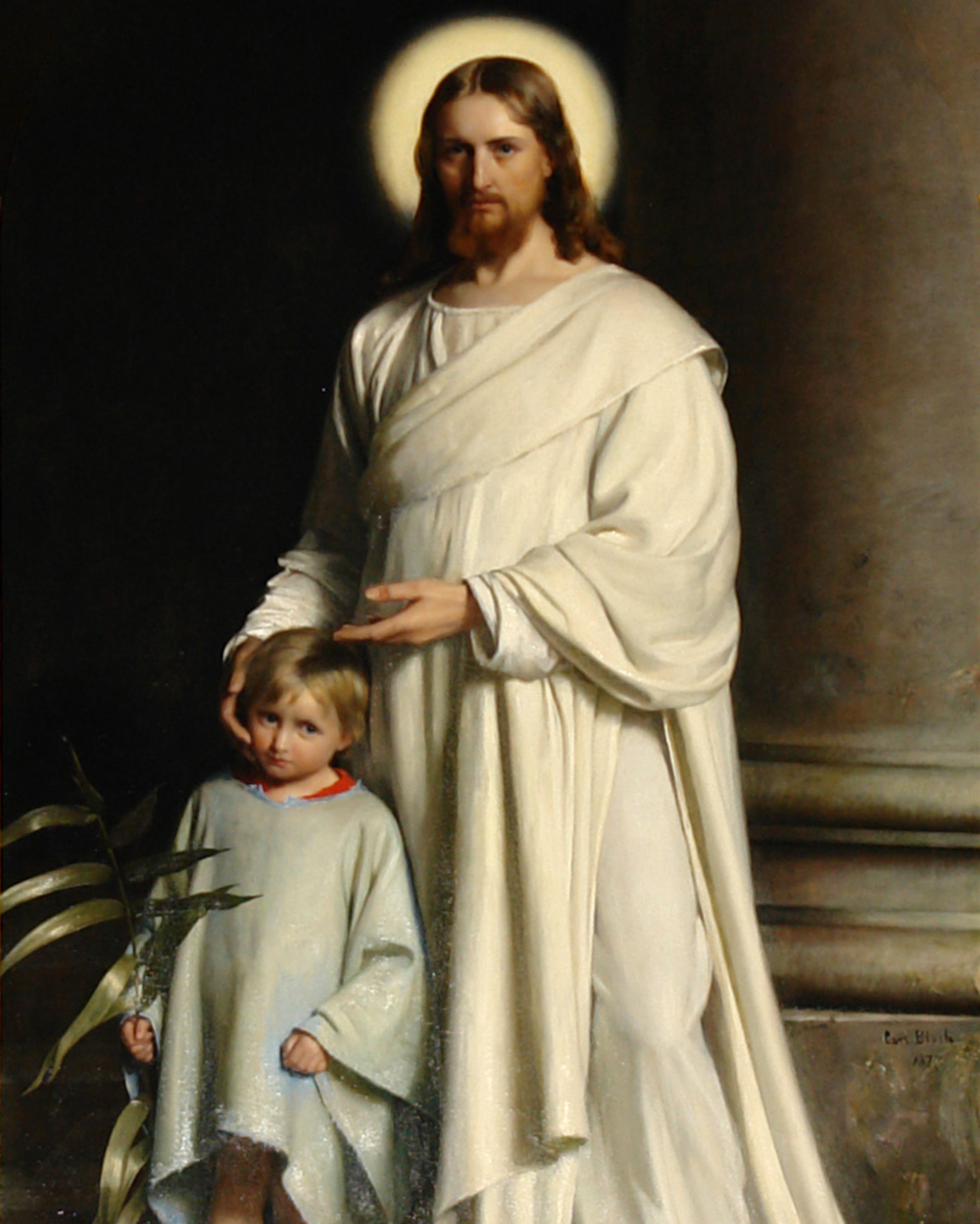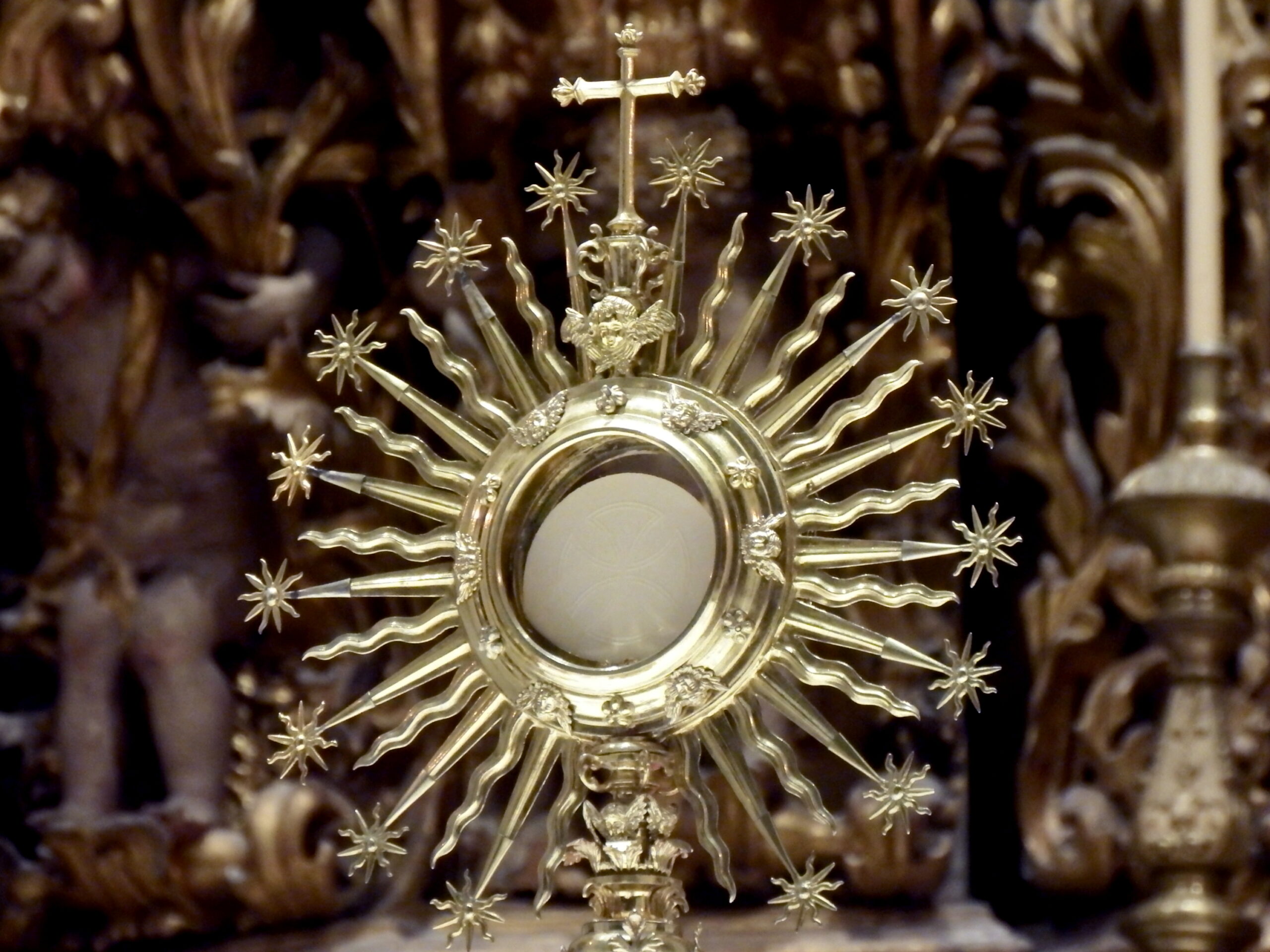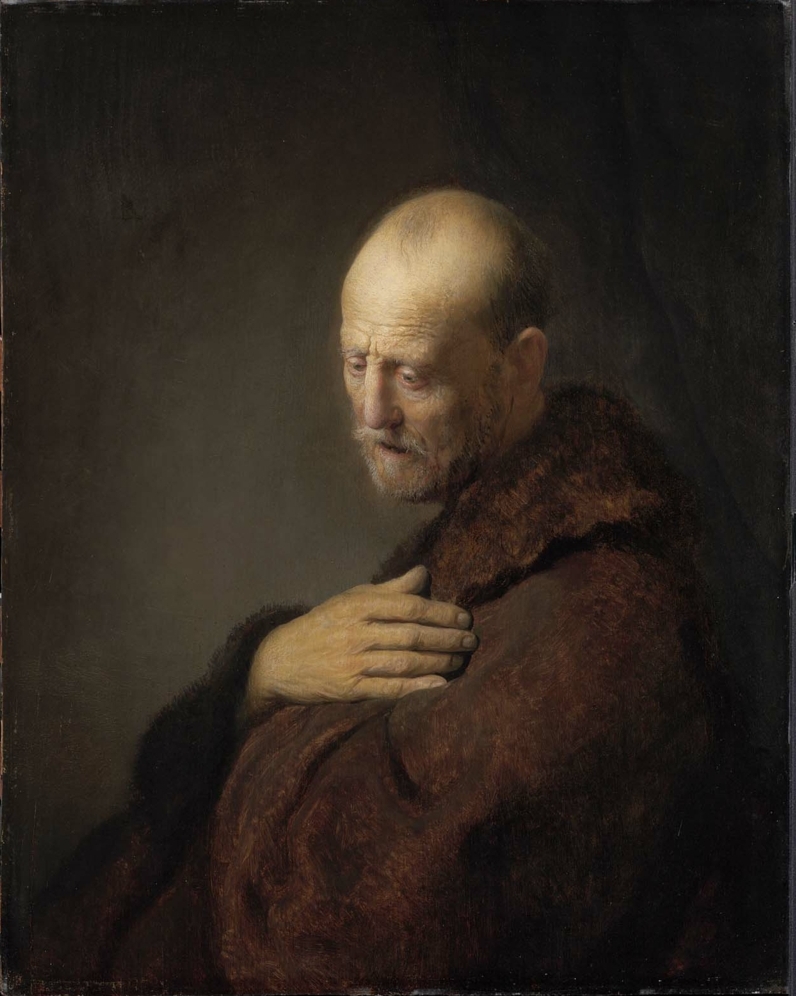“When Christ our Pasch was sacrificed” – Over the course of the 40 days of Eastertide, this phrase will recur again and again during Mass when the Easter Preface is prayed. These words cannot but draw us back to the Epistle read on Easter Sunday from St Paul’s First Letter to the Corinthians (5:7-8) which was as follows:
“Brethren, purge out the old leaven, that you may be a new paste, as you are unleavened: for Christ our Pasch is sacrificed. Therefore let us feast, not with the old leaven, nor with the leaven of malice and wickedness, but with the unleavened bread of sincerity and truth.”
In these lines, St. Paul draws on the imagery of two interconnected Jewish religious observances – that of the Passover and that of the Feast of Unleavened Bread.
The yearly observance of the Passover Feast commemorates the first Passover in Egypt where the Passover Lamb was sacrificed and its blood used to mark the doorframe. The Angel of Death, who killed the firstborn throughout the land of Egypt, passed over the houses thus marked and spared the firstborn therein (see Exodus 12:1-14, 21-30 et passim).
The Feast of Unleavened Bread recalls how the Hebrews “camest out of Egypt in fear” (Deu 16:3) and with such urgency that they did not have time to allow the yeast to rise into order to bake leavened bread. The yearly celebration of the Passover ceremony would take place in the evening. The Feast of Unleavened Bread would start on the next day and last for seven days. During these seven days, nothing with leaven was eaten or even allowed in the house (see Exodus 12:15-18 et passim).
St. Paul, in his Epistle, identifies Christ with the Pasch or Passover Lamb. It is as if he were saying “our Paschal Lamb, Christ, was sacrificed for us, that as many as are washed with the Blood of His Passion in baptism and the other Sacraments may be defended in safety,” not from a physical death, as it was with the Hebrews in Egypt, but from a worse death, the death of sin and the eternal death of separation from God (Cornelius à Lapide’s The Great Biblical Commentary, 1 Corinthians 5).
Following the first Passover, the Hebrews were released from bondage. In a similar way, “Christ has rescued those that have been so washed [in Baptism] from Pharaoh’s yoke, that is, from the yoke of the devil and of sin, and having set them perfectly free He has loaded them with all gifts and graces, and daily is adding more” (à Lapide).
St. Paul then turns from the Passover to the Feast of Unleavened Bread as if to say “Christ, having been sacrificed for us as our Passover, has redeemed us, and has begun for us [our] feast of unleavened bread” (à Lapide). We are admonished to “feast, not with the old leaven, nor with the leaven of malice and wickedness, but with the unleavened bread of sincerity and truth.”
The food of the Christian feast, symbolized by the unleavened bread, is simplicity, faithfulness, sincerity, truth, virtue, and holiness of life. We are to abstain, even more, we are to “purge out” from our lives, those things symbolized by the leavened bread – sin, malice, wickedness, and vice.
The historical feast of Unleavened Bread lasted for seven days. “Seven is a symbol of completeness, and therefore the seven days” associated with the Feast of Unleavened Bread “denote the whole of life here below” (à Lapide).
The lesson to be gathered from the Easter Epistle is this: as we have been redeemed by Christ sacrificing Himself for us and, by the power of which sacrifice, we are sanctified by Baptism and the other Sacraments, we should spend all of our lives purging out our vices and sins and striving to live a life of virtue and holiness.
But the life of virtue and holiness should not be a gloomy one. Gloominess does not befit one who is feasting. The foundation of our joy is that Christ has truly risen from the dead – taking up the same Body which was placed in the Tomb. He has overcome our enemies of sin and death and lives now forever to assist us in achieving our own victories.
Our King is a King of Victories. How can this not give us confidence? How can this not give us joy? As the Liturgy of the Easter Octave constantly admonished us “this is the day which the Lord hath made: let us rejoice and be glad in it.”
Published with permission from the author; this article previously appeared in The Missive.
